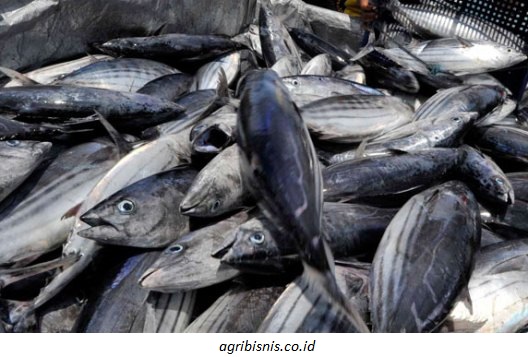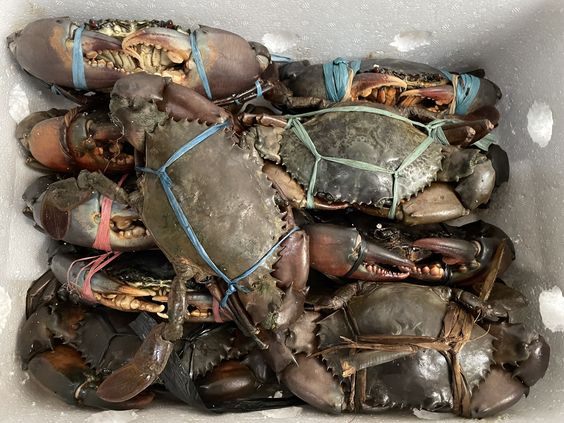Marketing of Fishery Products: Connecting Oceans to Plates
Marketing of Fishery Products encompasses a diverse range of activities that bridge the gap between the ocean’s bounty and the consumer’s plate. From the fishermen hauling in their catch to the neatly packaged fish fillets in grocery stores, effective marketing strategies are crucial for the success of this industry. This article delves into the key aspects of marketing fishery products, encompassing:
Understanding the Market Landscape:
- Target Audience: Identifying the target audience is paramount. This could be individual consumers, restaurants, or even specific cultural groups with unique culinary preferences. Understanding their demographics, buying habits, and preferences for freshness, convenience, or specific fish varieties is essential.
- Market Research: Conducting market research provides valuable insights into consumer trends, competitor strategies, and pricing dynamics. This information helps businesses tailor their marketing efforts effectively.
- Regulations and Sustainability: Adhering to regulations regarding labeling, quality, and responsible fishing practices is crucial. Additionally, highlighting sustainable and ethical sourcing practices resonates well with environmentally conscious consumers.
Crafting a Winning Marketing Strategy:
- Marketing of Fishery Products Differentiation: To stand out in a crowded market, it’s vital to differentiate your products. This could involve offering unique species, focusing on specific qualities like size or origin, or developing innovative processing methods like value-added products or convenient ready-to-cook options.
- Branding and Storytelling: Building a strong brand identity is essential. This involves creating a distinctive logo, using consistent messaging, and crafting a compelling narrative that resonates with the target audience. Sharing the story of the fishermen, the fishing practices, and the commitment to sustainability can connect consumers to the product on a deeper level.
- Pricing Strategy: Determining the right price point requires considering production costs, competitor pricing, and consumer willingness to pay. Value-based pricing, where the price reflects the perceived value of the product, can be an effective strategy.
Marketing Channels and Communication Strategies:
- Traditional Marketing of Fishery Products: Utilizing traditional methods like print ads in industry publications or local newspapers can reach specific segments of the market. Participating in trade shows and industry events also offers opportunities to connect with potential buyers and businesses.
- Digital Marketing: Embracing the digital age is essential. Creating a user-friendly website with information about your products, fishing practices, and sustainability efforts is crucial. Utilizing social media platforms like Facebook and Instagram to share engaging content, recipes, and behind-the-scenes glimpses can build brand awareness and connect with consumers directly. Additionally, exploring online marketplaces and e-commerce platforms can expand your reach and tap into new markets.
- Public Relations: Building positive relationships with media outlets can lead to valuable press coverage and brand exposure. Engaging in community events and initiatives that promote healthy eating or environmental awareness can also generate positive publicity.
Additional Considerations Marketing of Fishery Products:
- Packaging and Labeling: Eye-catching and informative packaging plays a crucial role in attracting consumers. Clear labeling with information about the fish species, origin, freshness, and cooking instructions is essential.
- Customer Service: Providing excellent customer service is key to building trust and loyalty. Addressing customer inquiries promptly and professionally fosters positive relationships and encourages repeat business.
Conclusion Marketing of Fishery Products:
Effective marketing of fishery products requires a multi-faceted approach that considers the evolving market landscape, consumer preferences, and a commitment to responsible practices. By understanding your target audience, crafting a compelling brand story, and utilizing an array of marketing channels, businesses can connect their products to consumers seeking delicious, healthy, and sustainable seafood options. The continuous adaptation and innovation within the marketing realm ensure that fishery products remain a valued and appreciated part of a healthy and sustainable food system.






